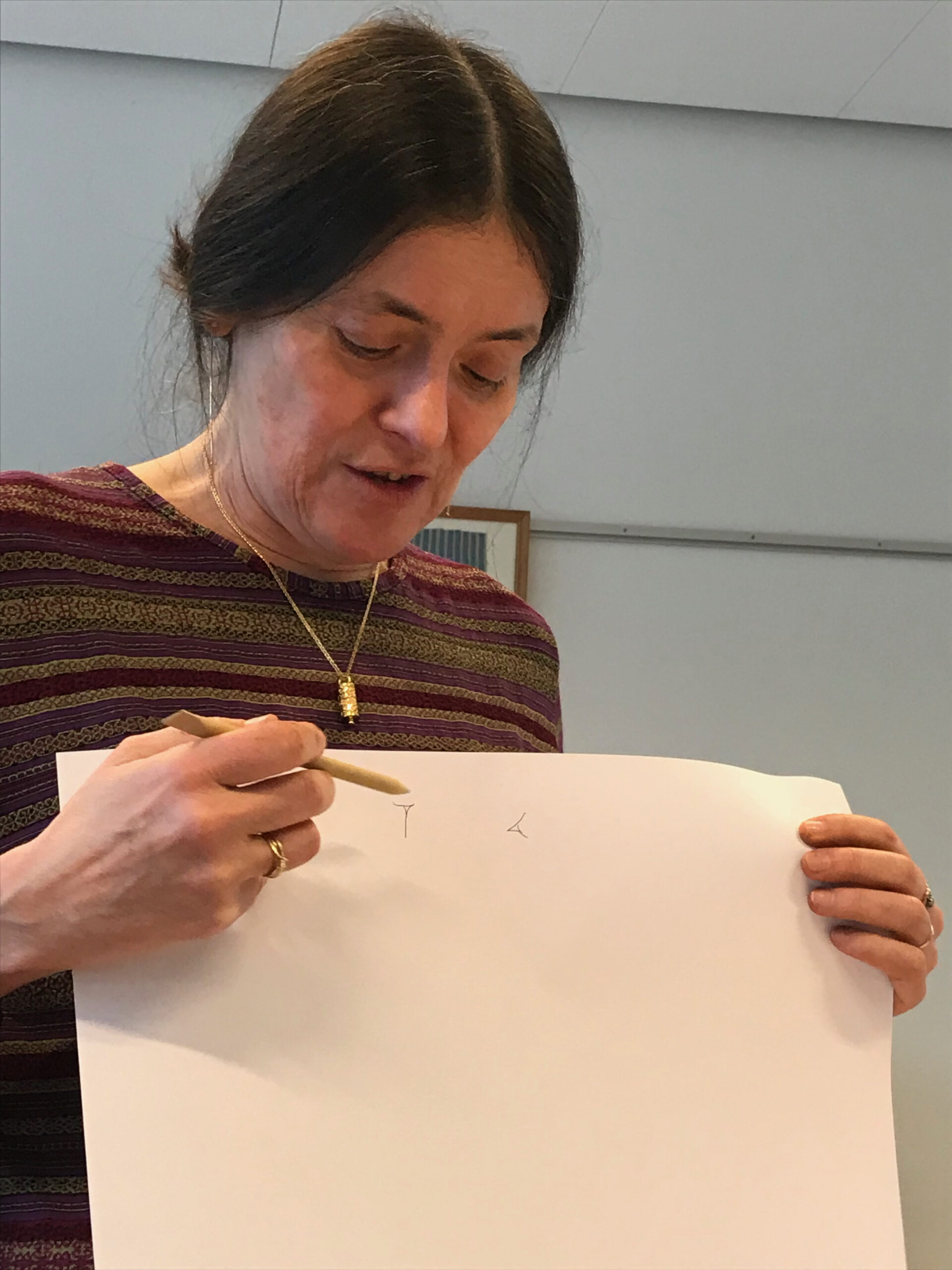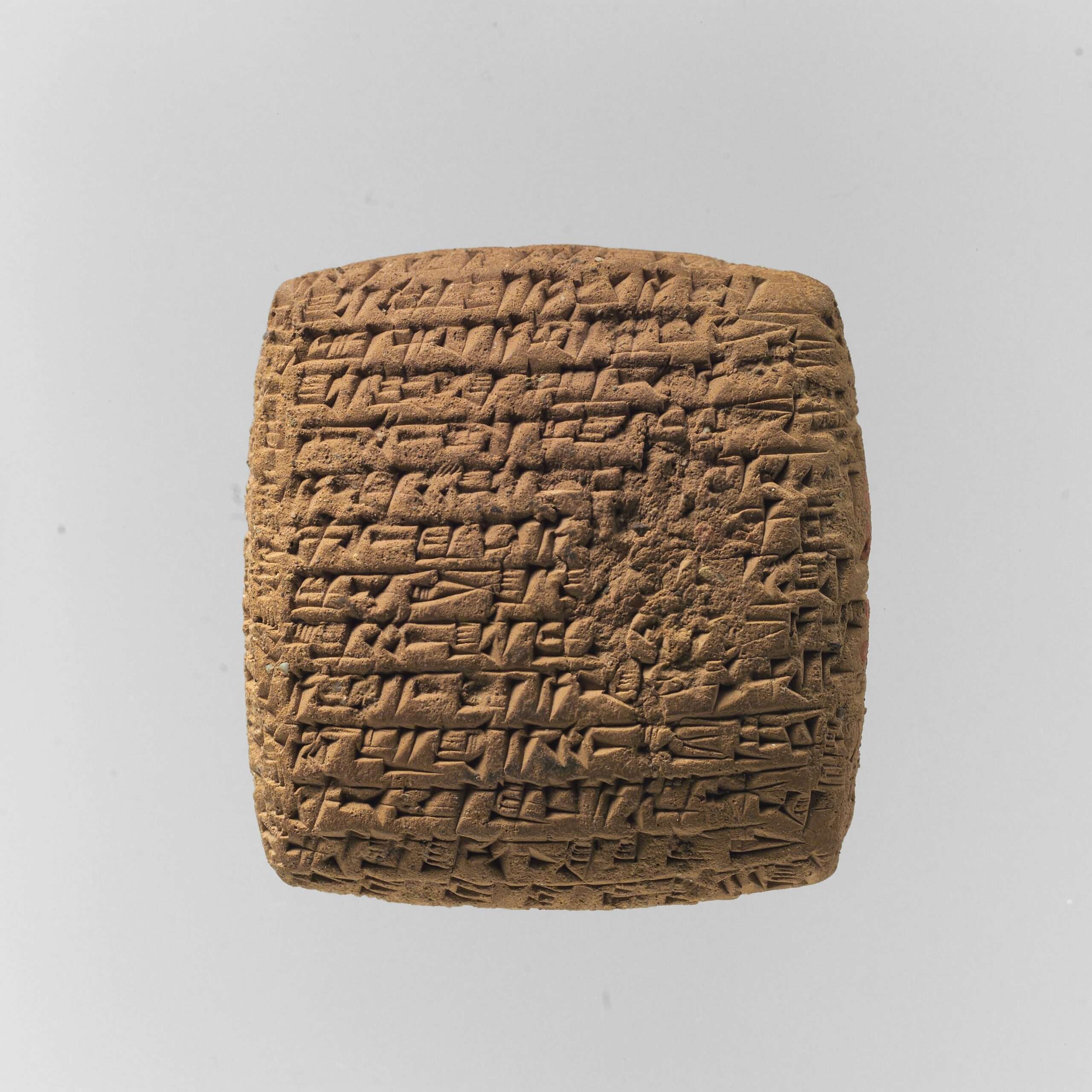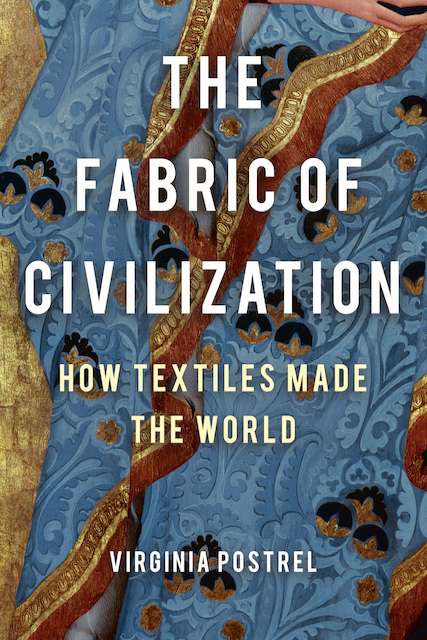The Volokh Conspiracy
Mostly law professors | Sometimes contrarian | Often libertarian | Always independent
Four Thousand Years Ago, Textile Traders Invented a Basic Social Technology: Mass Literacy
When there's business to be done over long distances, you don't want to depend on a scribe.
One of the many interesting scholars I met while researching The Fabric of Civilization was Cécile Michele, a French Assyriologist who has translated many of the 23,000 cuneiform tablets excavated from a site in Turkey. Here she is teaching us the basics of how to write in cuneiform.
The tablets, known as the Old Assyrian private archives, are about 4,000 years old. They were found in the homes of expatriate merchants in the city of Kanesh, now the archaeological site called Kültepe. These letters and legal documents preserve the practices and personalities of a thriving commercial culture. They are our oldest records of long-distance trade.
Capturing dilemmas and decisions still faced by commercial businesses, these ancient records testify to the central role of textiles in the innovations that enable economic exchange. Here, the inventions aren't material artifacts or physical processes but "social technologies": the records, agreements, laws, practices, and standards that foster trust, ameliorate risks, and allow transactions across time and distance. Four millennia later, we can still hear the voices they record.
Lamassī was doing her best to keep up with the demand for her fine woolen cloth, fickle though the requirements seemed to be. First her husband asked for less wool in the fabric, and then he asked for more. Why couldn't he make up his mind? Maybe it was his customers in that distant country. Maybe they didn't know what they wanted. At any rate, her latest batch of cloth, or most of it, would soon be on its way. She wanted Pūsu-kēn to know it was coming. She wanted him to know she was doing her job. She wanted a little appreciation.
Lamassī rolled a small ball of damp clay between her hands, then flattened and smoothed it into a neat, pillow-shaped tablet, which she cupped in her left palm. She picked up her stylus and began to write, pressing wedge-like characters into the wet clay.
Say to Pūsu-kēn, thus says Lamassī
Kulumāya is bringing you nine textiles. Iddin-Sîn is bringing you three textiles. Ela refused to take any textiles and Iddin-Sîn refused to take another five textiles.
Why do you always write to me, "The textiles that you send me each time aren't good!" Who is this person living in your house and denigrating the cloth that I send to you? For my part, I do my best to make and send you textiles so that for every trip at least ten shekels of silver can reach your house.
Her message completed, Lamassī dried the tablet in the sun. She then wrapped it in a gauzy fabric, which she coated with a thin layer of clay. She ran a cylindrical seal along the clay envelope to mark the letter as hers. A messenger would take it to her husband, 750 miles away in the Anatolian city of Kanesh.
Lamassī lived in Aššur, on the Tigris river near Mosul in modern-day Iraq. It was a city of middlemen who purchased tin and textiles and exported them, along with their women's weaving, to Kanesh. Twice a year, caravans of donkeys made the six-week journey. A single caravan might include wares from eight different merchants, with thirty-five donkeys carrying more than a hundred pieces of cloth and two tons of tin. Some of the wares went for taxes in the two cities and in kingdoms along the way that guaranteed safe passage. The rest were traded for silver and gold.
By the time Lamassī picked up her stylus, cuneiform script was a thousand years old. For most of that time, however, writing had been the monopoly of a small class of specially trained scribes, probably a mere one percent of the population. Throughout most of human history, in fact, literacy belonged to the few, mostly men working for state or religious institutions.
Not so in Aššur.
For its people, letters were a critical technology. They needed to send instructions between Aššur and Kanesh and between Kanesh and the surrounding towns, where their agents sold textiles and tin. They needed to record orders, sales, loans, and other contracts. They needed the flexibility and control that come with literacy.
Over time, these pragmatic merchants simplified the cuneiform script, making it easier to learn and write. They invented new punctuation that let them skim documents quickly. Some wrote well, others poorly. But in this society of long-distance traders, most men and many women were literate.
Trade requires clear communication, particularly if the business owner doesn't conduct every negotiation personally. Consider Pūsu-kēn. He first went to Kanesh as the agent of an older merchant in Aššur and, even as his own ventures grew, he continued to work on behalf of various traders back home. When their textiles and tin arrived in Kanesh, he needed to know what to do with the goods. Should he sell them in the city's marketplace, sacrificing profits for immediate cash? Or should he seek a higher price by selling them on credit to an agent who worked the outlying towns? Letters came with the goods, telling him what to do.
Letters are such an old technology that we take them for granted. But they were crucial to long-distance trade. When commerce stretched over time and distance, written correspondence—and the literacy it required—came with it.





Show Comments (19)